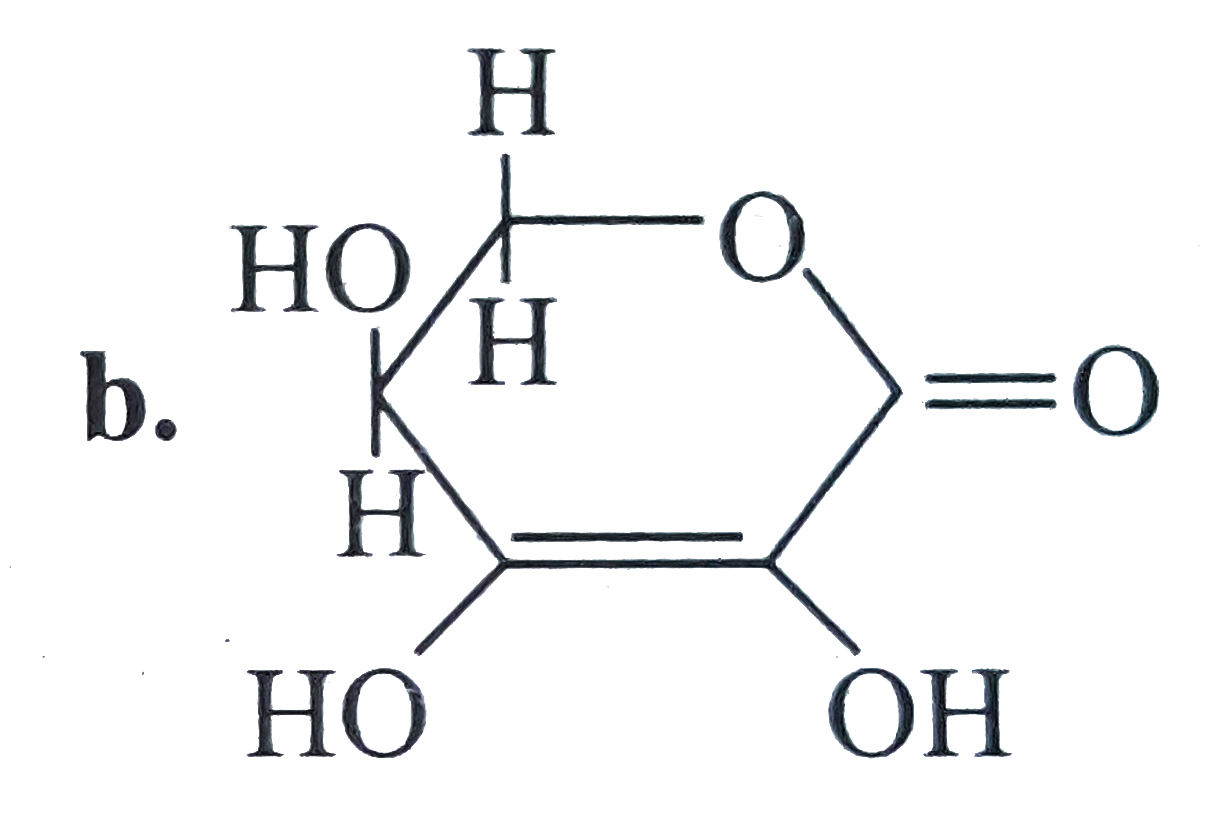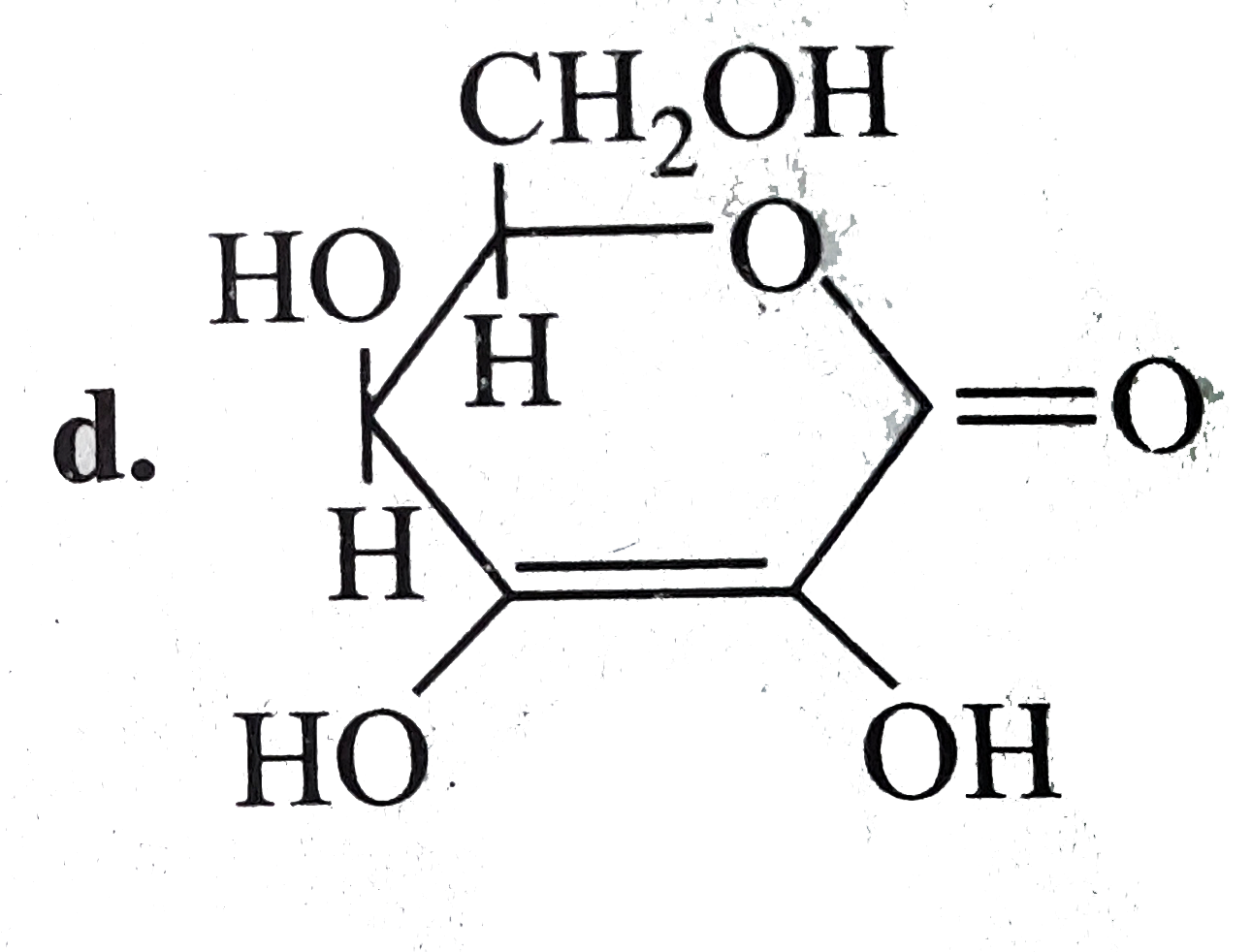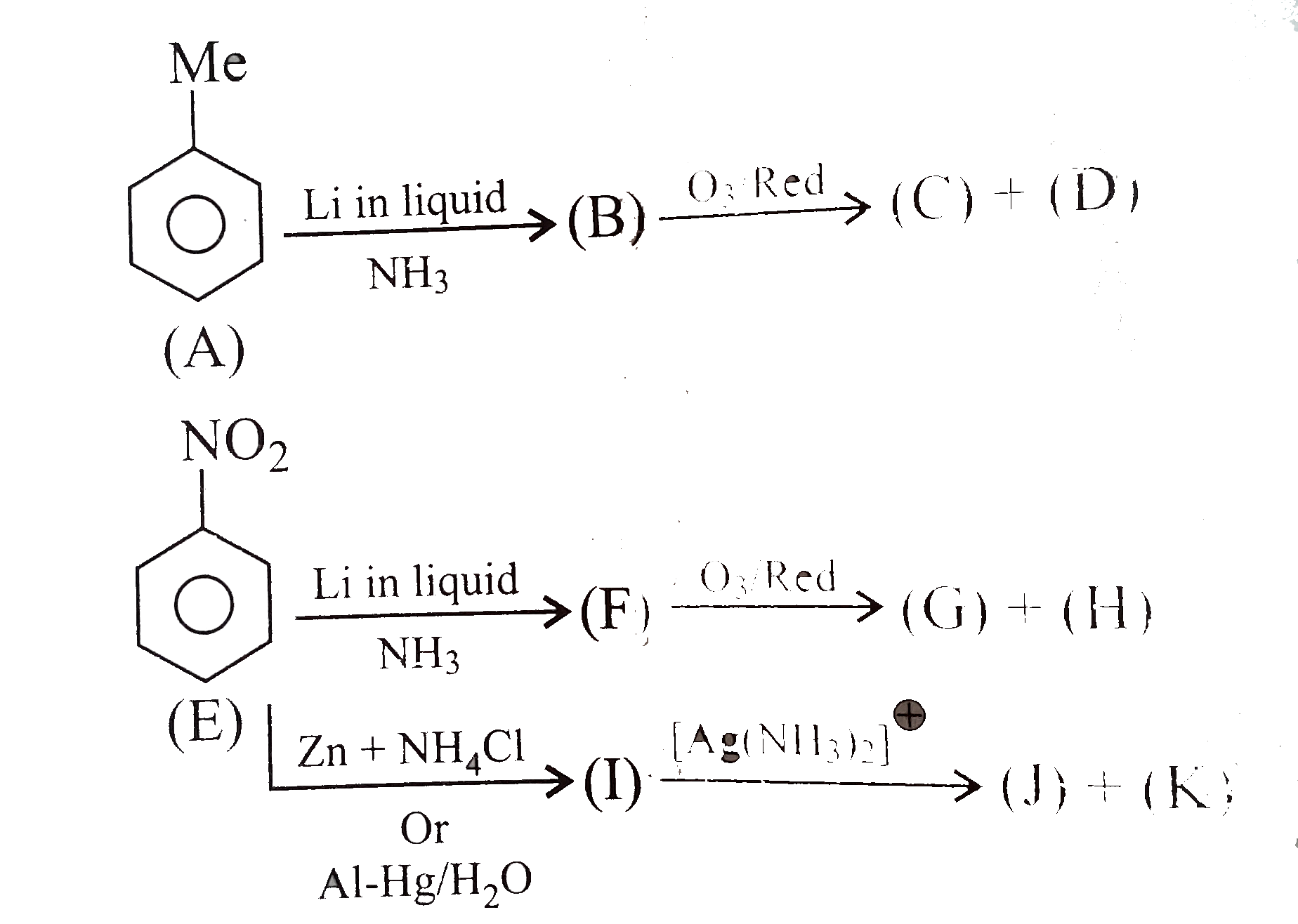
Compound (G) is:




The correct Answer is:b
Topper's Solved these Questions
- AROMATIC COMPOUNDS AND ALKYL AND ARYL HALIDES BOOK - CENGAGE CHEMISTRYCHAPTER - AROMATIC COMPOUNDS AND ALKYL AND ARYL HALIDES EXERCISE - Exercises Multiple Correct
35 Videos
- AROMATIC COMPOUNDS AND ALKYL AND ARYL HALIDES BOOK - CENGAGE CHEMISTRYCHAPTER - AROMATIC COMPOUNDS AND ALKYL AND ARYL HALIDES EXERCISE - Exercises Multiple Correct Answers Type
12 Videos
- AROMATIC COMPOUNDS AND ALKYL AND ARYL HALIDES BOOK - CENGAGE CHEMISTRYCHAPTER - AROMATIC COMPOUNDS AND ALKYL AND ARYL HALIDES EXERCISE - Exercises Linked Compreshension Type
11 Videos
- APPENDIX INORGANIC VOLUME 2BOOK - CENGAGE CHEMISTRYCHAPTER - APPENDIX INORGANIC VOLUME 2EXERCISE - Short Answer Type
179 Videos
- BIOMOLECULESBOOK - CENGAGE CHEMISTRYCHAPTER - BIOMOLECULESEXERCISE - Exercises Archives (Analytical And Descriptive)
8 Videos
Similar Questions
A compound (A) is greenish crystalline salt, which gave the following reactions.
(i)Addition of BaCl2 solution to the solution of (A) results in the formation of white precipitate (B) which is insoluble in dilute HCl.
(ii)On heating (A), water vapours and two oxides of sulphur (C) and (D) are liberated leaving a red brown residue (E).
(iii)(E) dissolves in warm concentrated HCl to give a yellow solution (F).
(iv)Solution (F) on treatment with thiocyanate ions gives blood red coloured compound (G).
Identify the compounds from (A) to (G).
View SolutionThe following questions refer to the compounds (A to G) shown below :

View Solution
Knowledge Check

If the lacetone formation in compound (G) takes place between C−1 and C−5, then the structure of (G) can be represented as:A B
B C
C D
D

The compound (G) and (H), respectively, are:Aa. Bb.
Bb. Cc.
Cc. Dd.
Dd.

The compounds (G) and (H), respectively, are :APropanamide and CH2=OBEthylamine and CH2=OCEthylamine and HCOOHDPropanamide and HCOOH
The solution of (F) on treatment with oxalic acid and then with an excess of potassium oxalate gives blue crystals of compound (G).
Identify (A) to (G) and give balanced chemical equations for reactions for reactions at step. (i) to (v).
View SolutionTwo organic compounds (A) and (B) containing 62.01% C and 10.3% H react with HCN in different manners to produce (C ) and (D), respectively. Subsequent hydrolysis of (C ) and (D) gives optically active compounds (E ) and (F). Both (E ) and (F) on decarboxylation give the same compound (G). Identify the compounds (A) to (G).
View Solution
The compound (G) and (H), respectively, are:
View Solution
The compound F(C6H12O) on oxidative ozonolysis yirlds acetic acid and a compound (G) (C4H8O3). The new compound (G) on heating gives:
View SolutionOn complete combustion, 0.246g of an organic compound gave 0.198g of CO2 and 0.1014g of H2O. The ratio of carbon and hydrogen atoms in the compound is:
View Solution

